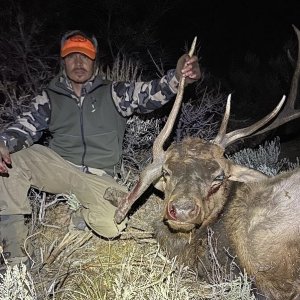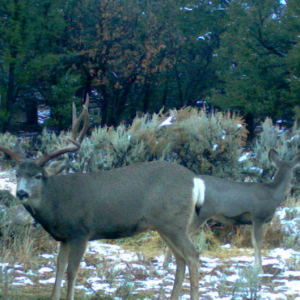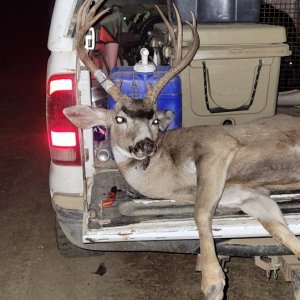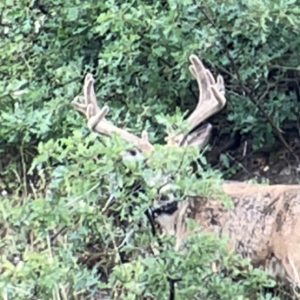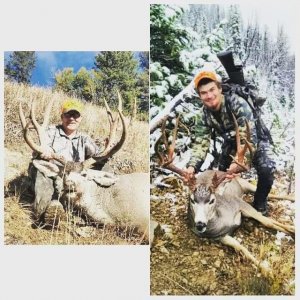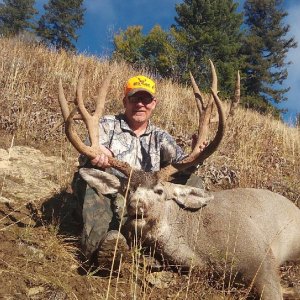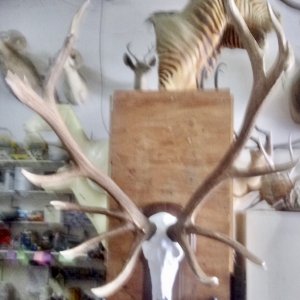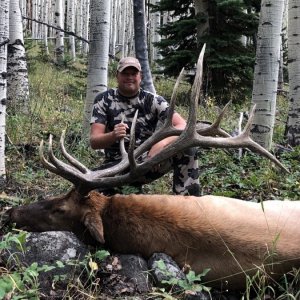So which is it, at least one quarter below the slope of the prong or a base and two quarters below the prong?
Per the score sheet instructions
B&C Score Sheet - Pronghorn
"D‑2‑3‑4. Divide measurement C of longer horn by four. Starting at base, mark both horns at these quarters (even though the other horn is shorter) and measure circumferences at these marks. If the prong interferes with D‑2, move the measurement down to just below the swelling of the prong. If D‑3 falls in the swelling of the prong, move the measurement up to just above the prong."
So, depending on the length of the horns and the configuration of the prong relative to that length and the spacing of the "D-n" measurements, you can very well lose a critical mass measurement. A circumference at the base of the prong is normally larger than above it...



